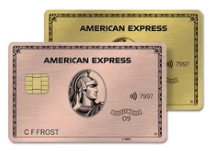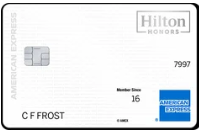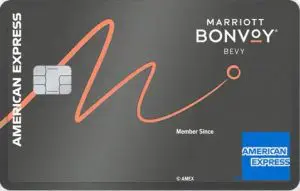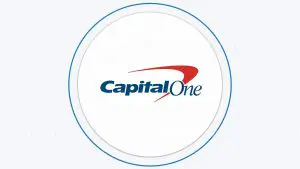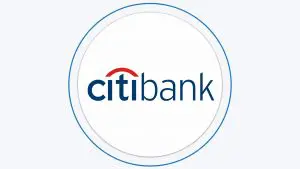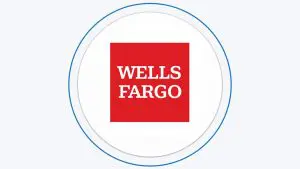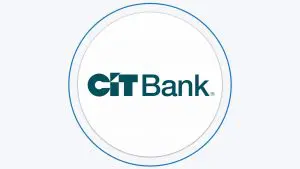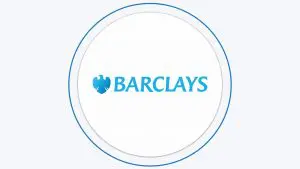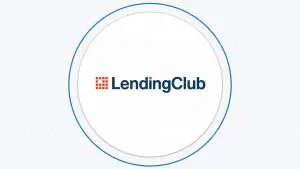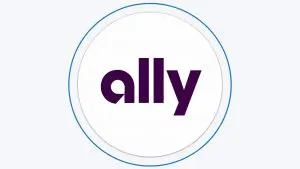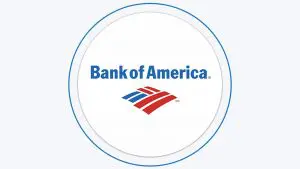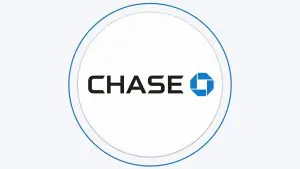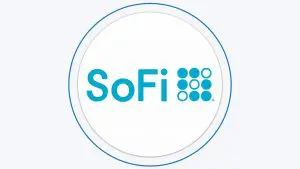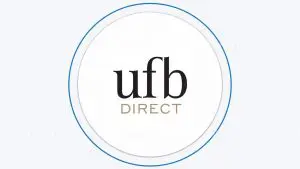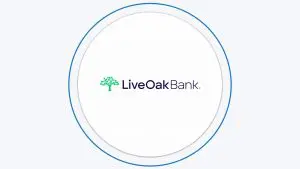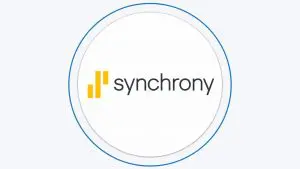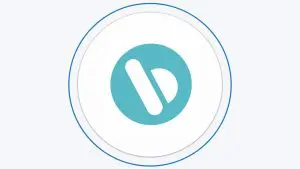Table of Content
I Don't Need Background, Take Me to the Calculator!
How To Roll Down Your Credit Card Debt
If you're eager to roll down your debt at a rapid pace, then you’re not alone.
From month to month, one in three Americans carries a credit card balance. Moving forward, if you desire to decrease your credit card balances, consider the instructions below and the report you've just got from our roll down credit card debt calculator.
How Much You Owe?
To decrease your credit card debt, figure out how much do you owe. This is important because you can owe more than you think.
In addition to, make a list of all your credit cards and loans, including the monthly payment and APR of each of them too. If you don’t know how many credit cards you have open, you can check your credit report for free. Your report has up-to-date information on all of your loan and credit card balances. Furthermore, you can check with your bank or credit card issuer to get the latest information regarding your debt.
Afterward, make a list of all non-credit card debt items such as your, utilities, phone bill, auto and student loans, etc. Add the total amount of the two lists together to get the total amount of your monthly expenses.
Then compare the total amount with your take-home pay or net income. Preferably, your income needs to be more than your monthly expenses. If there is some extra cash left over, decide how much you want it to go towards paying off your debt.
Don't forget to set a goal
It’s important to set achievable goals as you prepare to pay off your credit card debt as well as other debts too.
Even though it’s easy to rack up debt, it takes time and commitment to pay back what you owe. Moreover, keep track of your progress as you continue to make strides to reach your goals.
Choose Your Roll Down Strategy
When talking about roll down your debt, there are 2 common strategies:
Balance Transfer Credit Card
Credit card lenders offer 0% introductory APRs for those who wish to transfer their balance to another card. Eventually, the APR will typically expire between 12 – 15 months. In addition to, some 0% introductory APRs can last 18 – 21 months. On another note, keep in mind that credit issuers can charge a balance transfer fee of 2% to 5% of your total balance. Also, if you have a credit card with a high-interest rate, transferring a balance is very beneficial.
Remember to always read the fine print when initiating a balance transfer, and discipline yourself not to accrue any additional debt. The card you're transferring your previous balance is to help you pay off your debt and not to accrue additional debt. Furthermore, the number one goal is to pay off your debt before the introductory APR expires. Here is a list of things to keep in mind when initiating a balance transfer:
- The fee costs to transfer your balance.
- When does the 0% introductory APR expire on the card you're transferring your balance to?
- Whether or not that APR applies solely to purchases.
- What is the APR for balance transfers after the introductory rate period expires?
In addition to, you can find the right card here. We have a list of credit cards with benefits such as low APRs and no annual fees. You can see what credit cards you qualify for based on your credit score.
Another thing to note is that good balance-transfer credit cards don’t charge retroactive interest. Store credit cards typically require people to pay the full interest on the balance there bringing over if they can’t pay it all down before the 0% introductory rate expires.
Again, research the best offers and read their terms and conditions before making a commitment. Also, be realistic regarding how long it will take you to pay off the debt.
Top Offers
Top Offers From Our Partners
Consolidate Your Debt to a Single Card or Loan
Considering a simplistic solution? If so, this option might be the right option for you. By consolidating your credit card debt, there is only one single payment instead of four or five. On top of that, you have the option to automate your payments to prevent late payments.
Keep in mind that your debt doesn’t disappear by transferring your debt all in one place. Furthermore, it’s important to pay more than just the minimum balance each month.
Debt Consolidation Loan
At times, your cash flow may not be enough to make a serious impact on your debt as needed for the previous methods. Taking out a debt consolidation loan is the right fit in this case. This type of loan helps to pay off credit card debt through fixed, monthly payments. Just to clarify, this method is taking out a loan to pay off your credit card debt. If you have good credit, you can qualify for a low-interest rate loan that’s lower than your credit card.
Overall, a debt consolidation loan reduces the amount of interest you pay. It will also give you the opportunity to pay your debt faster. A debt consolidation loan functions exactly like a balance transfer, regarding rolling multiple payments into one, single payment.
Remember – it can be risky
On the other hand, if your credit score range from fair to poor, chances are you won’t qualify for a low-interest personal loan. In extreme cases, having a debt management plan is the best option. When coming up with a strategy to pay off your credit card debt, always consider the length of the loan and the interest rate. Consider your end goal.
Is it important for you to lower your debt, reduce your charges on interest, or pay off your debt quickly?
Depending on how you manage your debts, there can be some implications that are based on your credit. Furthermore, always make sure that you understand the processes and procedures of the company you choose to work with.
Useful Ways for Paying Off Credit Card Debt
There's no such thing as the best way to get rid of credit card debt. It's all depends on your situation. You have the following options: pay off your card individually, transfer your balance to another card, get a loan, or ask for a lower interest rate.
No matter what vision you have for yourself, paying off your debts is a great start to a better future. These strategies will help you to pay off debt and walk more in financial freedom.
Budget Prioritization
First, sort out your monthly expenses such as transportation, food, entertainment, and housing. Credit card statements are excellent tools to use to categorize your spending because issuers sort out your spending for you.
Moreover, figure out ways to cut back on your expenses, and then apply that amount to pay off your debt.
Having a budget prevents future debt from accruing. Make sure to apply some of your spendings to an emergency fund in case of emergencies or unexpected events. Also, review your budget each month.
Pay Much As You Can
Review your credit card statement. If you only pay the minimum balance, it's going to take you longer to pay your credit card off in full. You pay less in interest by paying more than just the minimum requirement. Credit card companies are required to document the spending you accrue on your statement so there is no confusion on your end.
Here's a simple solution: pay more than the minimum each month. Every dollar you pay over the minimum balance goes towards your principal. Overall, the smaller the balance, the less interest you have to pay.
Get a Lower Interest Rate
Contact your creditor to see if you can get a lower interest rate. In addition to, they may even try to suggest a balance transfer to another card. If so, make your decision carefully. Even though the interest is lower, lowering your credit score impacts your credit score negatively.
Remember to always consider the pros and cons. If you don't plan on opening a new line of credit in one to two years, a balance transfer can benefit you. Make sure that you understand your terms and conditions as your introductory period ends. Also, plan the best way to maximize the offer in your favor.
Cut or Reduce Specific Expenses Temporarily
Over time, it's possible to forget what expenses that are unnecessary when you working to pay off debt. Instead of looking at permanent expenses to cut out, cancel any temporary expenses such as online subscriptions, memberships, etc.
Contact your utility or cable service provider to see if you can get a better deal or downgrade services. If you haven't kept up with your spending, getting a new update will show you where you can save.
Use Savings to Pay Debt Down Faster
It's normal for people to commit to establishing a savings plan. On top of that, think of it as a great way to pay off your credit card debt faster. Once you have an emergency fund and savings for irregular spending, I advise you to cease making extra payments to other savings accounts. It's important to pay off what you owe first. This is really good for people who don't have to save for other things such as car maintenance.
The funds you use to pay off debt faster will be higher than the interest that you earn in your savings.
Moreover, use some extra cash from raises and bonuses to pay off your debt faster. For other ways to figure how you can save, click here to learn more. The link consists of information about how you can find money to save.
Consider Credit Affects
Having a high balance on credit cards is very damaging to your overall credit score. Your ability to make your payments on time is the most important principle. The next important thing is the amount of debt you use.
Furthermore, this means that the amount of debt you have in compilation with your overall credit limit is going to greatly impact your score. Experts recommend that you keep your debt ratio by 30% or lower. Moreover, if you're constantly accruing more debt, there's no way to achieve this.
Final Words
Having a commitment challenge with friends is a great way to motivate and keep you on track. This is an important piece of the puzzle to see your goals to come to pass. Moreover, it's a choice to get into debt, and its a choice to get out of it too. Also, continue to support and encourage one another even after you get out of debt.
Always remember that paying your debts and starting a savings is crucial to walk in financial freedom.
Calculator Definitions
Roll Down Credit Card Debt Calculator – Definitions
Roll-down amount
This dollar amount is in addition to your monthly minimum payments that you will use to pay down your credit card debt. The higher this amount, the faster your debt will be paid off. It is important that your additional payment is one that you can afford.
For the snowball method to be effective you must be consistent in your payments. Should you choose an amount that is too high, you may become discouraged if you are unable to meet your payment goal.
Pay off highest rate first
Leave this box checked to have the calculator pay off your balance with the highest rate first. You can uncheck this box to see the results of an alternate payment method.
The alternate method pays off your balances starting with the lowest balance.
Use minimum payment
If you checked the “use credit card minimum payments” box, your monthly payment is calculated as 4% of your current outstanding balance. With the “use credit card minimum payments” box checked, your monthly payment will decrease as your balance is paid down. This can greatly increase the length of time it takes to pay off your credit cards. Uncheck this box to enter your own monthly payment that will remain the same until your balance is paid in full.
(We calculate your minimum monthly payment as 4% of your current outstanding balance. While your actual minimum monthly payment may be slightly different, this is one of the most common methods used by credit card companies to calculate minimum payments.)
Credit card balance
Your total current balance for this credit card.
Credit card interest rate
The annual percentage rate you pay for this credit card. The rate you enter is used to calculate the interest on all future credit card payments. The length of time to pay off this credit card may be much greater than calculated if you enter a low promotional interest rate that is only good for a short period of time.
Credit card payment
This is your initial monthly payment. If you checked the “use credit card minimum payments” box, your monthly payment is calculated as 4% of your current outstanding balance. With the “use credit card minimum payments” box checked, your monthly payment will decrease as your balance is paid down. This can greatly increase the length of time it takes to pay off your credit cards. Uncheck this box to enter your own monthly payment that will remain the same until your balance is paid in full.
(We calculate your minimum monthly payment as 4% of your current outstanding balance. While your actual minimum monthly payment may be slightly different, this is one of the most common methods used by credit card companies to calculate minimum payments.)

